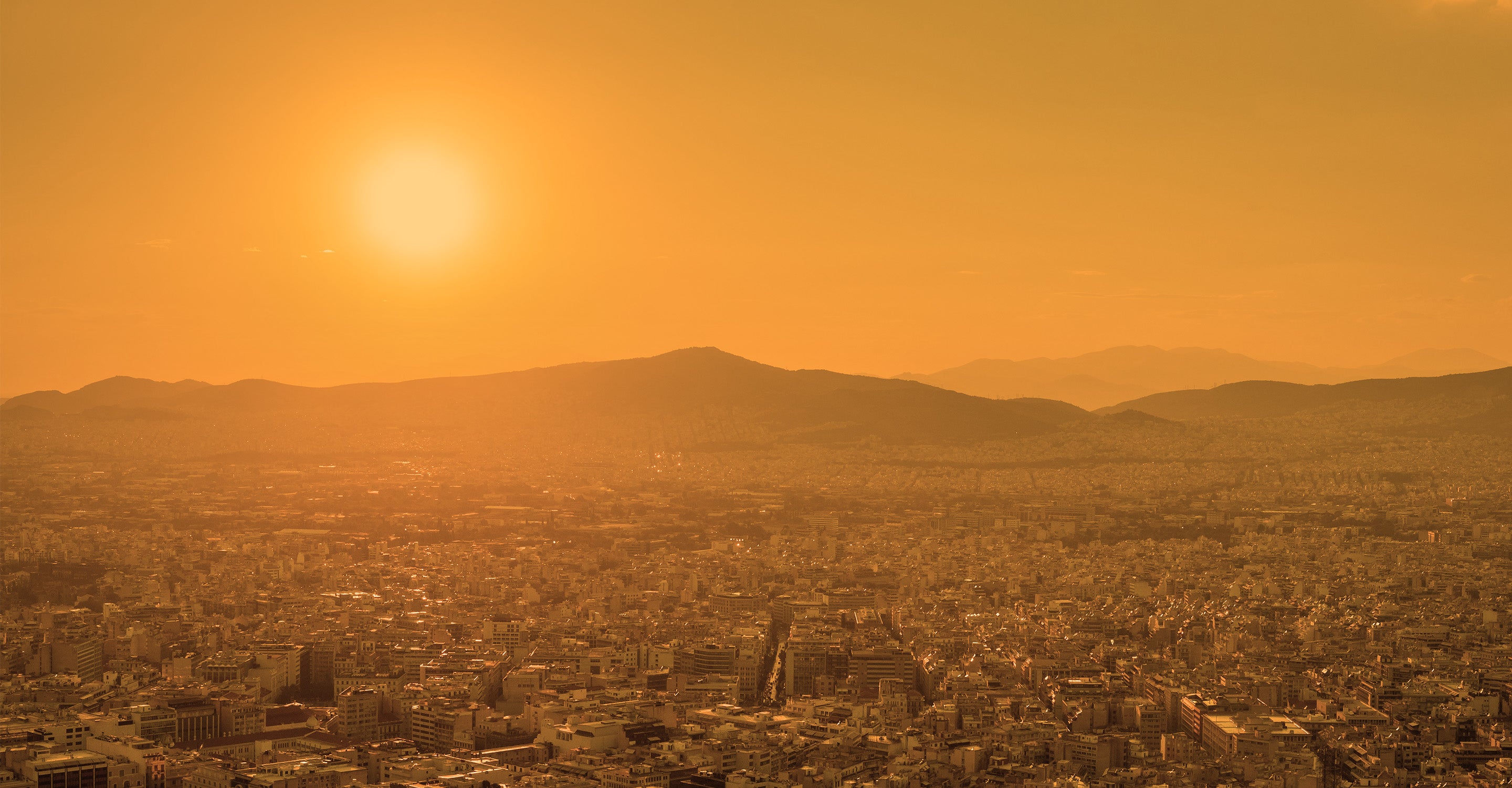Oslo air quality map
Live air pollution map of Oslo
32.1K people follow this city
Full screen
Contributors
4
Stations
12
Contributors category
1
Government
0
Non-profit organization
0
Educational
0
Corporate
1
Individual
2
Anonymous
Most polluted air quality stations
| # | station | US AQI |
|---|---|---|
| 1 | Sofienbergparken | 66 |
| 2 | Bygdøy Alle | 57 |
| 3 | Hjortnes | 27 |
| 4 | Manglerud | 27 |
| 5 | Kirkeveien | 26 |
| 6 | E6 Alna senter | 25 |
| 7 | Alnabru | 21 |
| 8 | Smestad | 21 |
| 9 | Hoffsbyen | 20 |
| 10 | Skøyen | 15 |
Health Recommendations
| Sensitive groups should reduce outdoor exercise | |
| Close your windows to avoid dirty outdoor air GET A MONITOR | |
| Sensitive groups should wear a mask outdoors GET A MASK | |
| Sensitive groups should run an air purifier GET AN AIR PURIFIER |
community highlight
Oslo most followed contributors
Become a contributor
Get an AirVisual Outdoor and contribute to collecting millions of data points for the Oslo map to track local air pollution
Understand air pollution and protect yourself
Oslo MAP AIR QUALITY ANALYSIS AND STATISTICS
What information can be seen on the air pollution map for Oslo?
The air pollution map for Oslo is easily accessible from the main city page. Find the air pollution map and click on it and this will open a new page, dedicated to the air quality of the city and its environs.
One of the first things a viewer will notice is the overall background colour of the map. This is a direct indication of the quality of the air. The meaning of the various colours used is revealed in the legend at the foot of the page. Colours range from pale green to dark maroon. The darker the colour; the dirtier the air.
Many coloured discs will also be seen across the page and each disc will show a number. This number is the US AQI reading which is calculated by measuring the levels of up to six of the most prolific pollutants. The main pollutant measured is nearly always PM2.5 which is then used as a standard when comparing air quality in other cities. This system is endorsed by the World Health Organisation (WHO).
At the start of August 2022, the US AQI reading for Oslo was 26 and the main pollutant was identified as being PM2.5 with a level of 6.2 µg/m³ (microns per cubic metre). At this level, Oslo is just over the recommended limit of 5 µg/m³ as suggested by the WHO although no amount of air pollution should be regarded as being safe.
If any particular area of the city is of greater interest, then all that needs to be done is to choose a disc and click on it to open another page which will be dedicated to that part of the city and to the quality of its air.
Directly beneath the map is shown the number of the contributors and the number of stations there are which provide the air quality data. There are ten stations around Oslo which are operated and controlled by the government and an individual operator.
What other information can be gathered from the air pollution map for Oslo?
When the air pollution map for Oslo is first expanded to full-screen mode, a list of options will appear on the left-hand side of the page. These can be selected individually and turned on or off, as desired.
The first choice shows the location of the ground-level air monitoring stations which are represented on the map by the coloured discs. Some of the discs may seem to be superimposed on top of each other, but as the map is expanded so the discs begin to separate and become easier to see.
The second option shows the position of any wildfires that may be burning in the vicinity of the city. Option four shows the direction of the wind, so together these options give a guideline as to whether or not the city will be affected by the drifting smoke from the fires.
The third choice is the most dramatic as it can change the entire colour of the map. This is a reflection of the overall air quality. Some may find the colour to be confusing so by switching this option off, the map will revert to a more standard set of colours.
Other information available on this map page is a world ranking of cities according to their air quality. This table can be found on the right-hand side of the map. It can be very informative when comparing any two cities and the quality of their air.
Can areas of higher pollution be seen on the air quality map for Oslo?
Areas of high pollution are listed directly below the air pollution map so it is easy to see where they are. The coloured discs also show these areas through the use of darker colours. In early August 2022, the most polluted area in Oslo was found around the Alnabru station which reported a US AQI reading of 42. Even though this was the dirtiest area, the air quality was still classified as being “Good”.
Below this list can be found a list of the most popular stations together with the number of followers they each have. Currently the most popular is the Kirkeveien station with a number of followers above 4,400.
Can the source of air pollution be identified from the air pollution map for Oslo?
The source of the air pollution is not directly shown on the air pollution map for Oslo, however, the biggest sources of air pollution in Oslo today are road traffic and wood and oil burning. Nitrogen dioxide is a gas, and the main source of these emissions in Oslo is exhaust fumes, especially from diesel vehicles. Particulate matter is particles, and the major sources of particulate matter in Oslo are road dust and wood burning.
Other sources of air pollution are from industry, aircraft and sea transportation as well as waste landfills and agriculture. Volcanic eruptions can also cause air pollution.
The southern and most northern parts of the country in particular are exposed to long-distance pollution from abroad.
PM2.5 is used as a benchmark on the air pollution map for Oslo, but what is it?
Particulate matter, i.e., particles in the air, is not just one type of pollution. It consists of a number of particles such as dust, dirt and liquid that are swirled into the air. Some of these are large enough for us to see, such as smoke, smog or soot, but the most dangerous of them are smaller, invisible particles. These can penetrate the lungs and even end up in the bloodstream. The healthier the air, the less particulate matter (PM).
Particles can cause inflammation, even when the mucous membranes in your nose are doing their job of filtering out larger particles. Some studies show that breathing in particulate matter is linked to an increased number of sinus operations. In the short term, particulate matter probably causes a runny nose, sneezing and itchy eyes. Because PM inflames the airways, people with asthma are particularly susceptible to its effects, and it also contributes to the development of the disease. Particulate matter is also linked to reactions in the respiratory tract, such as pollen allergy.
Oslo air quality data attribution
4Contributors
Government Contributor
 Andrew Whitelaw
Andrew Whitelaw1 station
Individual Contributor
 2 Anonymous contributors
2 Anonymous contributors2 stations
2 Anonymous Contributors
4 Data sources








